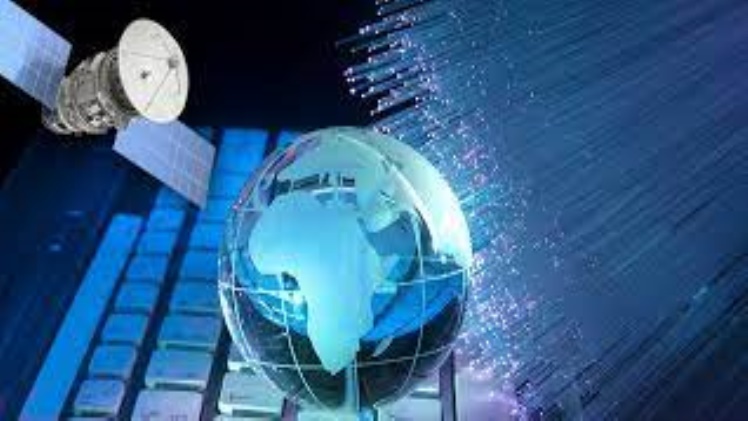Fiber optic internet is a technology that uses thin strands of glass or plastic to transmit data over long distances. Unlike traditional copper cables, fiber optic cables use light to send data, which makes them faster and more reliable. However, many people are concerned about the environmental impact of internet transmission over fiber optics.
To put those concerns to rest, we will study the environmental impact of fiber optic internet and why it is considered to be a more eco-friendly option compared to traditional copper cables.
Favorable Arguments for Fiber Optics
For a long time, we have depended on the internet sent through copper cables. However, fibre broadband is fast emerging as the preferred internet connectivity solution for consumers and businesses alike.
Here are a few reasons why fiber optics are an eco-friendly option for internet connectivity:
- Energy Efficiency
One of the main advantages of fiber optic internet is its energy efficiency. Fiber optic cables use significantly less energy to transmit data compared to copper cables. This is because the light used to transmit data over fiber optic cables does not require as much energy as the electrical signals used by copper cables. As a result, fiber optic internet has a lower carbon footprint compared to traditional copper cables.
-
Reduced E-waste
Another advantage of fiber optic internet is that it produces less electronic waste (e-waste) compared to copper cables. Copper cables have a limited lifespan and must be replaced every few years. This results in a significant amount of e-waste, which is harmful to the environment. Fiber optic cables, on the other hand, have a longer lifespan and require less maintenance, which reduces the amount of e-waste produced.
-
Sustainable Materials
Fiber optic cables are made from sustainable materials, which makes them more environmentally friendly compared to copper cables. The glass used in fiber optic cables is made from sand, which is a renewable resource. In contrast, copper cables are made from copper, which is a finite resource that must be mined from the earth. Mining copper can have a significant impact on the environment, including soil erosion, water pollution, and habitat destruction.
-
Reduced carbon emissions
Fiber optic internet also has the potential to reduce carbon emissions by enabling remote work and reducing the need for travel. With fiber optics, people can work from home, which reduces the need to commute to work. This reduces carbon emissions from transportation, which can have a significant impact on the environment. Additionally, fiber optic internet enables video conferencing, which reduces the need for business travel.
Life in the Fast Lane While Taking Care of Nature
The adoption of fiber-optic internet is a crucial step towards a more sustainable future. Given the aforementioned factors, fiber optic internet connectivity offers a clear environmental advantage over conventional copper cables. Furthermore, the potential reduction in carbon emissions resulting from the widespread adoption of fiber optic internet cannot be overstated.
As we continue to rely more on digital technology, it is our responsibility to ensure that our digital infrastructure is as sustainable as possible. STL is one of the eminent fiber optic providers working towards that goal. By promoting the adoption of fibre broadband, we can take a meaningful step towards mitigating the environmental impact of our digital lives.


